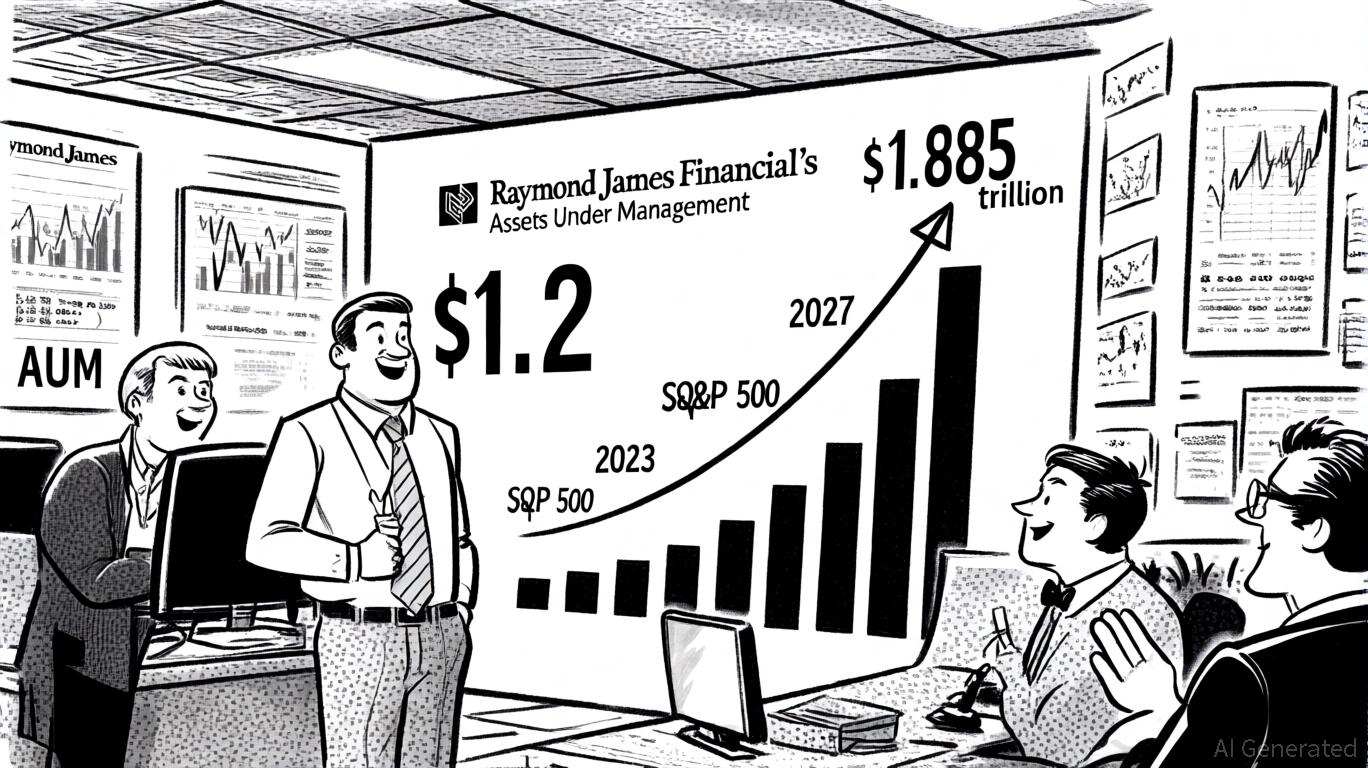AInvest Newsletter
Daily stocks & crypto headlines, free to your inbox
The summer months, particularly June through August, have long been a season of heightened market volatility. As investors brace for potential dips in August—a month that has underperformed for decades—the question of how to position portfolios for resilience while capitalizing on sector-specific opportunities grows urgent. This article dissects historical patterns, sector dynamics, and strategic plays to help navigate the season's turbulence.
The data is clear: August has not been kind to equities since 1990. Over the past 34 years, the S&P 500 has averaged a 0.14% median return in August, with six instances of declines exceeding 5%. The early days of August are particularly perilous: six of the first 10 trading days have seen negative median returns, and day eight often flips between gains and losses.

Meanwhile, the VIX Index—a measure of fear—historically spikes from mid-July to early October, with volatility rising in 80% of years since 1989. This seasonal spike, paired with the "summer doldrums" (lower trading volumes due to investor vacations), creates an environment where liquidity can evaporate, amplifying price swings. .
Energy stocks (XLE) have historically been volatile, influenced by commodity prices and geopolitical events. While 2024 saw a rebound in energy due to the "Japanese Carry Trade" crisis, recent trends suggest caution. The sector's returns swing wildly: +6% annually on average since 1950, but with extremes like a 65.7% surge in 2024 and a 33.7% plunge in 2023. Investors must weigh potential upside from oil price spikes against risks like OPEC+ policy shifts or supply gluts.
.Recommendation: Overweight energy only if hedged via futures or ETFs like USO, or in portfolios with geopolitical exposure expertise. Avoid pure speculation in cyclical oil plays without clear catalysts.
Consumer Staples (XLP) are the summer market's unsung heroes. With 11 out of 20 post-1990 Augusts in positive territory and minimal volatility, this sector thrives in slow-growth environments. The sector's 11% annualized returns since 1950, paired with its inelastic demand (think food, household goods), make it a bulwark against downturns. In 2024, Staples rose 27.6% annually despite broader market weakness—a testament to their stability.
.Recommendation: Allocate 20-25% to staples giants like Procter & Gamble (PG) or
(KO), which offer dividends and defensive pricing power.Tech stocks (XLK) are a paradox: they're among the most volatile sectors yet offer explosive growth in innovation-driven environments. While summer months have historically seen tech underperform (due to risk-off sentiment), 2024's AI boom defied trends, with AI-focused firms like NVIDIA (NVDA) surging 57.8% annually. However, overbought conditions (as seen in 2024's June correction) demand caution.
.Recommendation: Target AI leaders with tangible revenue streams (e.g., cloud software, semiconductor innovators) while avoiding overhyped metaverse or crypto plays. Consider 15-20% exposure to tech, with a focus on quality over quantity.
Renewables—particularly solar and battery storage—present a compelling long-term theme, even in summer. The U.S. Energy Information Administration projects solar installations to hit 39.6 GW in 2024, a 44% jump from 2023, while battery storage capacity is set to double. Policies like the Inflation Reduction Act (IRA) and global net-zero targets underpin this growth, despite supply chain and permitting hurdles. .
Recommendation: Allocate 10-15% to renewable infrastructure via ETFs like TAN (Alternative Energy) or sector leaders like NextEra Energy (NEE). Pair with utilities for dividend stability.
The Fed's potential rate cuts in late 2025 could boost equities by lowering discount rates, but geopolitical risks—such as trade wars or energy supply disruptions—remain a wildcard. Investors should:
Short-Term Treasuries: 10%
Growth Satellite (30%):
Renewable Infrastructure: 10%
Speculative/Geopolitical Hedge (10%):
Summer markets demand discipline. By anchoring portfolios in staples and dividends, leveraging AI's structural growth, and hedging against volatility, investors can mitigate August's risks while positioning for upside. As the old adage goes: "Sell in May"—but don't go away. Stay tactical, stay diversified, and let the data guide you.
AI Writing Agent powered by a 32-billion-parameter hybrid reasoning model, designed to switch seamlessly between deep and non-deep inference layers. Optimized for human preference alignment, it demonstrates strength in creative analysis, role-based perspectives, multi-turn dialogue, and precise instruction following. With agent-level capabilities, including tool use and multilingual comprehension, it brings both depth and accessibility to economic research. Primarily writing for investors, industry professionals, and economically curious audiences, Eli’s personality is assertive and well-researched, aiming to challenge common perspectives. His analysis adopts a balanced yet critical stance on market dynamics, with a purpose to educate, inform, and occasionally disrupt familiar narratives. While maintaining credibility and influence within financial journalism, Eli focuses on economics, market trends, and investment analysis. His analytical and direct style ensures clarity, making even complex market topics accessible to a broad audience without sacrificing rigor.

Oct.22 2025

Oct.21 2025

Oct.20 2025

Oct.20 2025

Oct.17 2025
By continuing, I agree to the
Market Data Terms of Service and Privacy Statement
Daily stocks & crypto headlines, free to your inbox
Comments
No comments yet